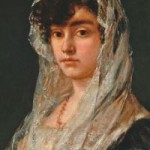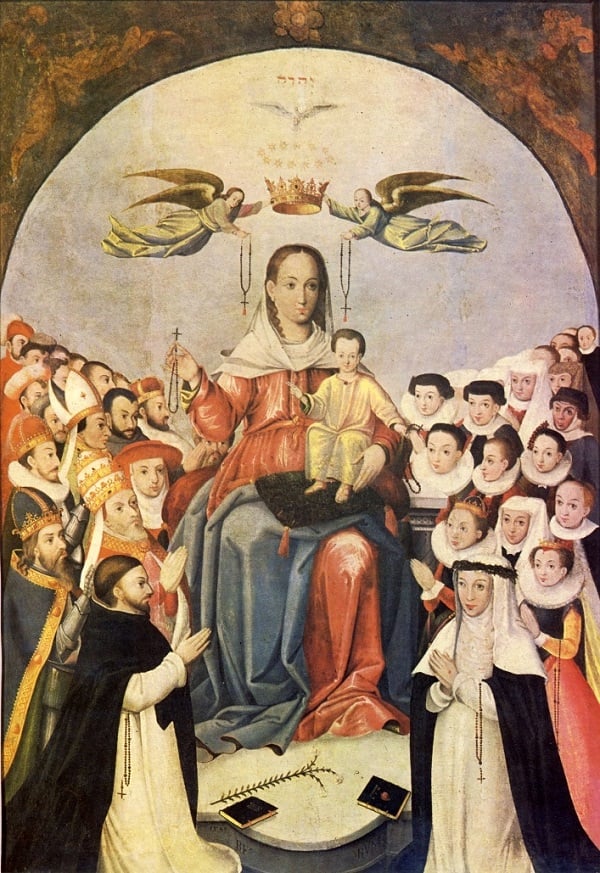
 What did Jesus really look like?
What did Jesus really look like?
Since there was no Kodak Easy-Share to be found in all of Galilee, we can only speculate whether Jesus looked more like Jim Caviezel (The Passion of the Christ) or like Willem Dafoe (The Last Temptation of Christ).
In December 2002, the magazine Popular Mechanics featured a cover story titled “The Real Face of Jesus.” Based on information gleaned from forensic anthropologists, author Mike Fitton concluded that Jesus stood only 5’1” tall, and he had curly hair and a prominent nose on a broad peasant’s face, with dark olive skin.
Egoists, all of us, we always seem to think that Jesus looked like us. For the medieval artists, that meant that Jesus frequently was painted with fair skin, blue eyes and long, light brown hair. Those same guys painted the Virgin Mary in a heavily adorned blue gown in a medieval castle.

And the self-adulation was not unique to the likes of Michelangelo and Botticelli. Once when I was younger, my cousin—who was serving in the U.S.military stationed in Japan—gave his parents a one-of-a-kind gift, an oil painting of the Last Supper. And there they were: Jesus in the center, with John leaning his head on the Savior’s breast and Judas leaning back, holding onto the bag of money. The only thing was, since it had been painted by an Asian artist, everyone in the painting—Jesus and all the apostles—had the sallow skin tone and angular, single-eyelid eyes of an Asian male.
* * * *
One retrospective that’s sure to please art enthusiasts and people of faithis the Detroit Institute of Arts’ current exhibition on Rembrandt and the Face of

Jesus. The exhibition—which was organized by the Detroit Institute of Arts, the Musée du Louvre and the Philadelphia Museum of Art—features 64 works by 17th Century Dutch master Rembrandt van Rijn and his students, including 52 small, intimate paintings, prints and drawings that portray Jesus and events described in the Bible.
According to the Detroit Institute of Arts:
Western portrayals of Jesus in the 17th century were based on ancient Greek sculpture and Renaissance imagery, and represented him as either performing heroic actions or the embodiment of profound suffering. Rembrandt’s own initial renderings of Jesus conformed to this tradition.
In the 1640s, Rembrandt developed a radically different concept. He was the first Western artist to present Jesus as Jewish, likely based on models from Amsterdam’s vibrant Jewish neighborhood where he lived and worked. Additionally, he depicted Jesus as vulnerable and humble, one whose existence compelled reverence in the minds and imaginations of those around him. In Rembrandt’s art, Jesus became an object of meditation not because of his suffering but through his presence as an affirmation of goodness and a source of deep spiritual inspiration.
“Rembrandt’s images were a bold departure from traditional renderings of Jesus by Western artists—both of his time as well as before and well after him,” said Graham W. J. Beal, DIA director. “Visitors will have a rare opportunity to see how Rembrandt developed this image and how he employed his famous ‘chiaroscuro’—light and shadow—to profound spiritual effect.”

Included in the exhibit, which runs through February 12, 2012, are two masterpieces which illustrate the significant shift in Rembrandt’s approach:
- Supper at Emmaus, a hauntingly beautiful painting of the biblical account of Jesus’ appearance to his followers after his resurrection; and
- The Hundred Guilder Print (Christ Preaching; Bring Thy Little Children unto Me), which shows Jesus preaching before a crowd. The Hundred Guilder Print showcases Rembrandt’s mastery of printmaking, using every style and technique in his repertoire to create the work’s stunning effect.

Rembrandt and his apprentices also painted a series of small, contemplative portraits of Jesus on oak panel. These paintings clearly held deep personal meaning for Rembrandt, who hung one in his back parlor and another in his small studio. Seven of these exquisite panels exist today, including one in the collection of the DIA.
To learn more about the Rembrandt exhibit and other collections at the Detroit Institute of Arts, check out the DIA’s website.










